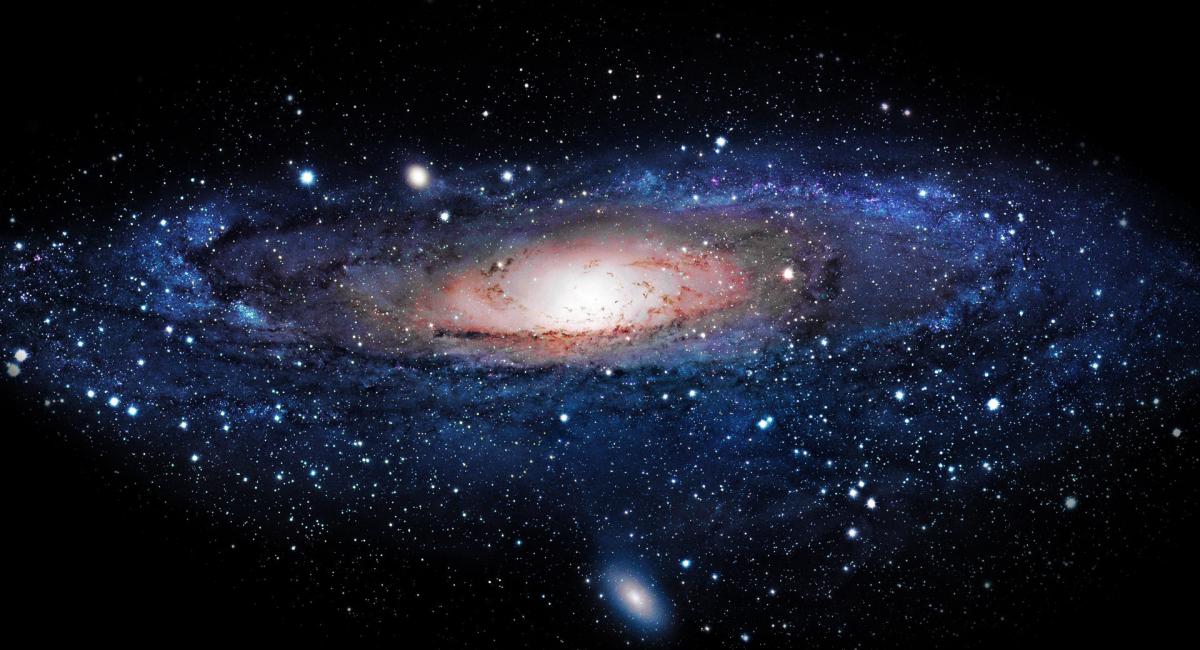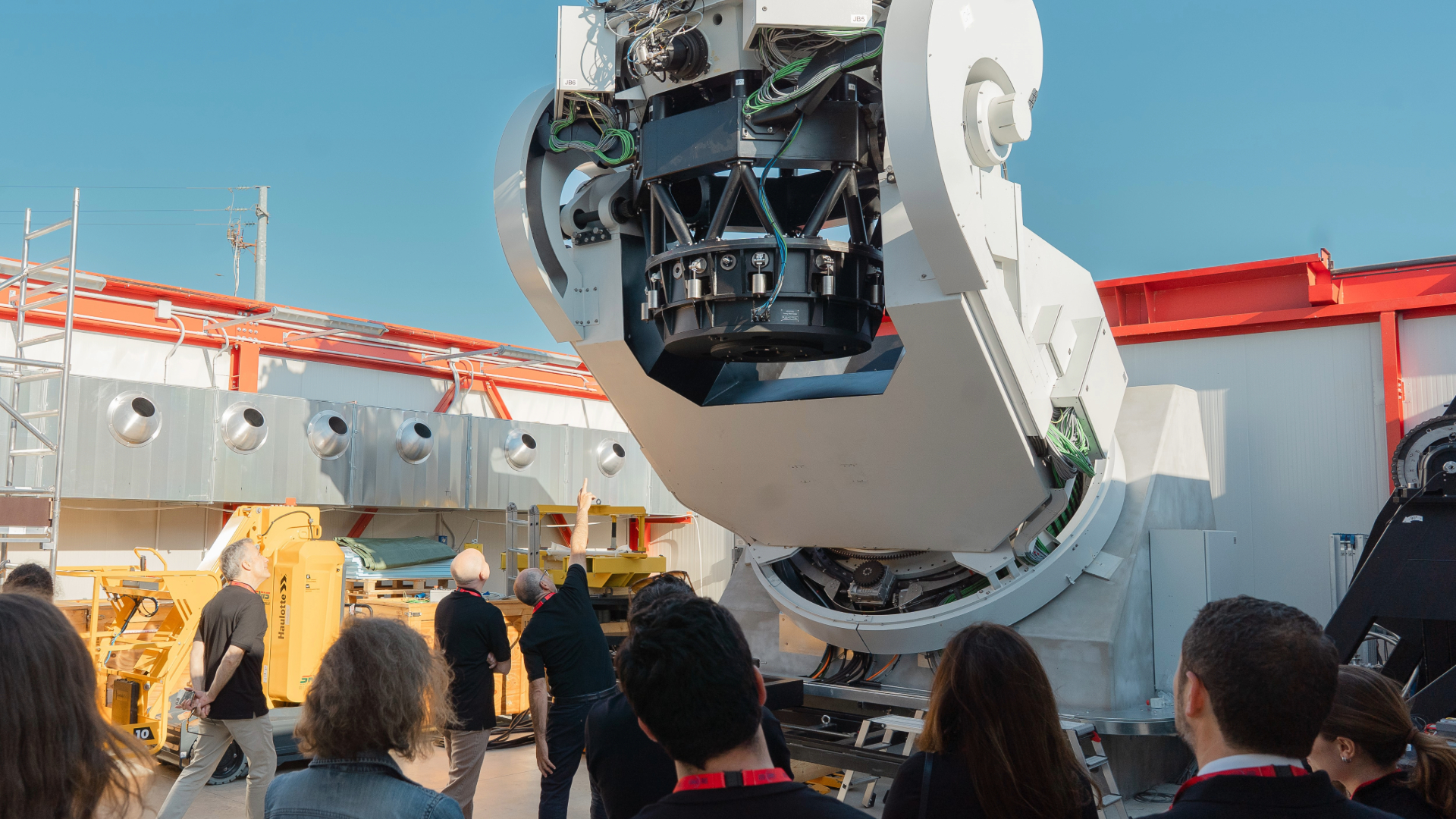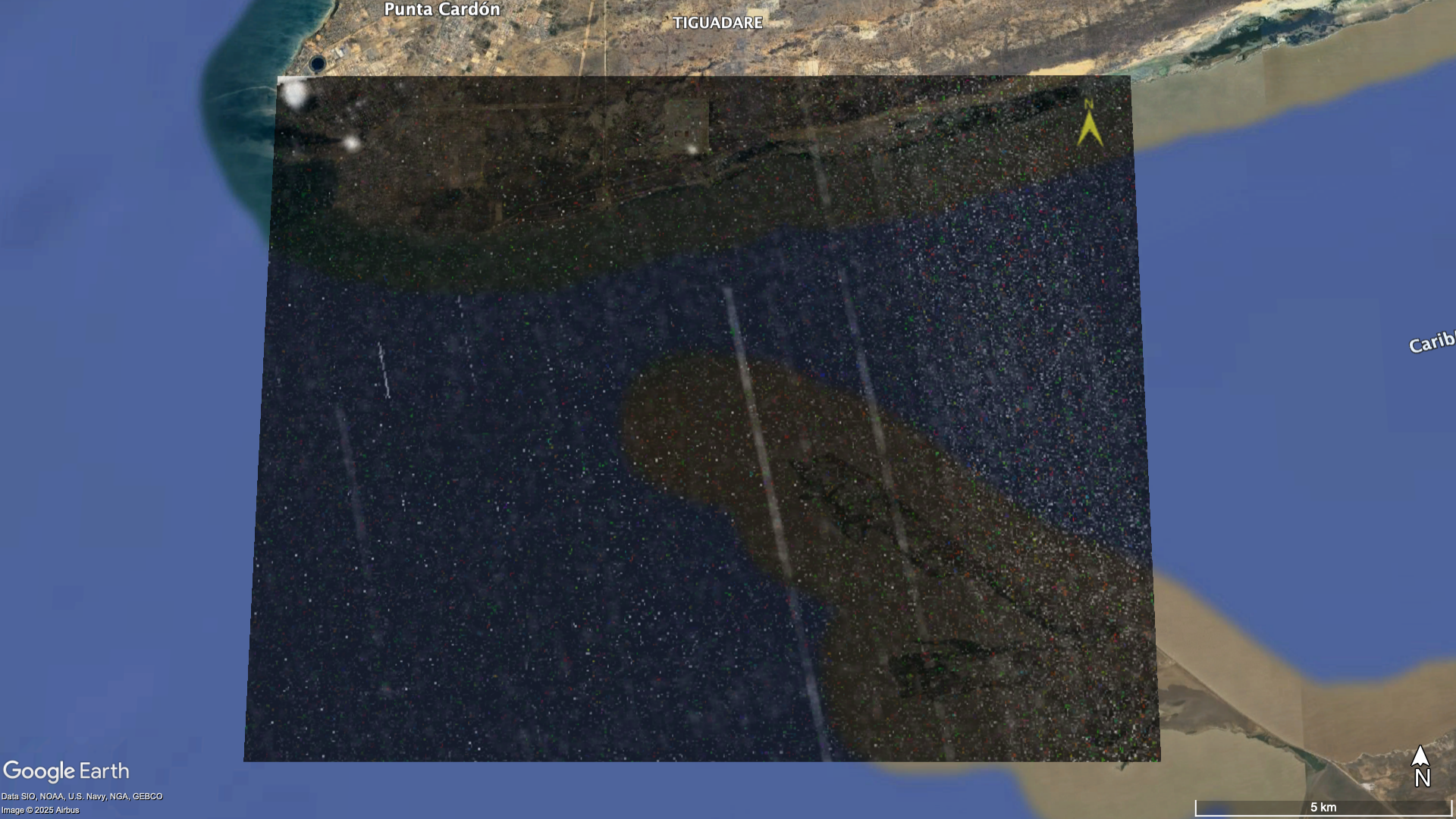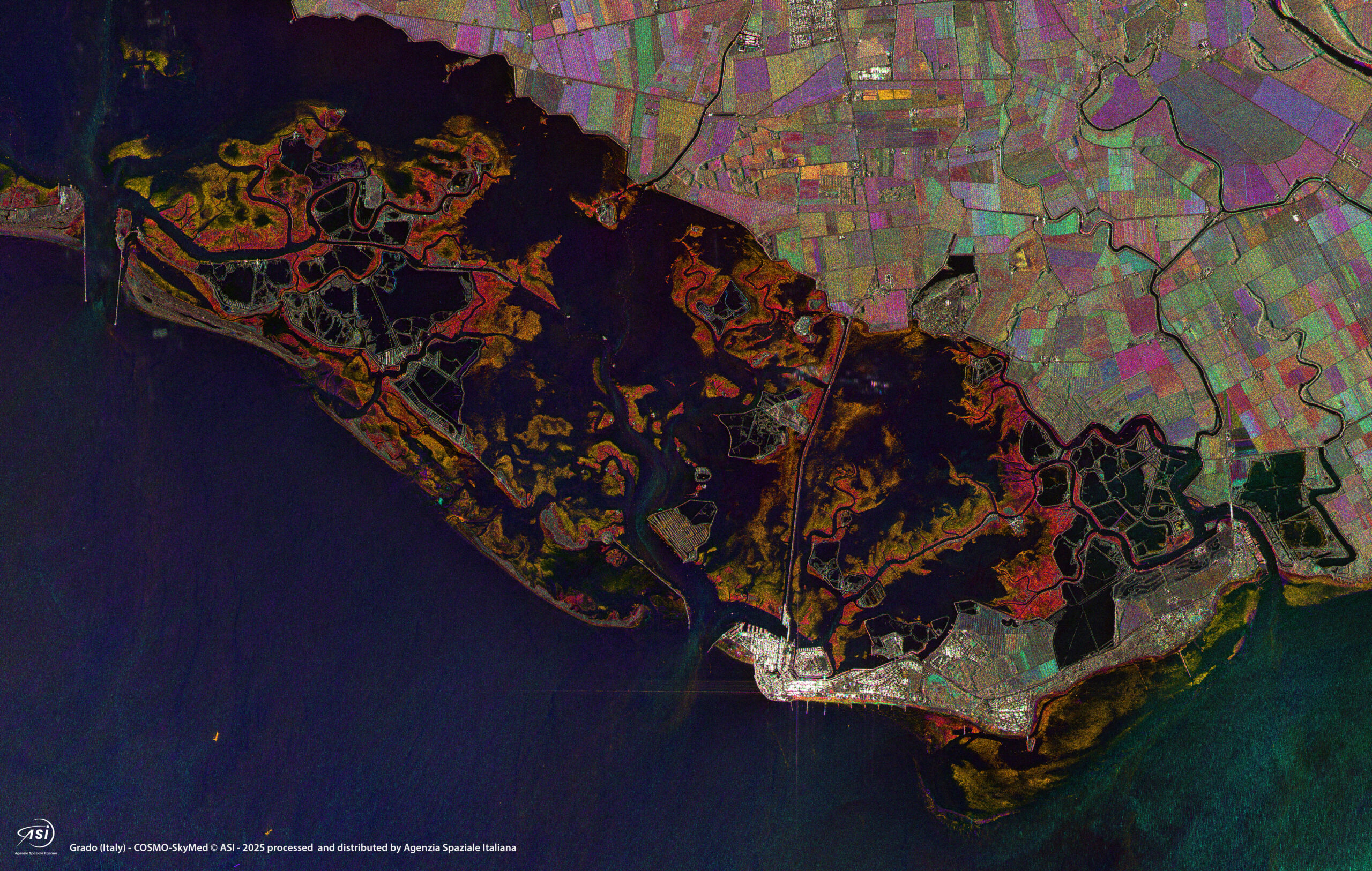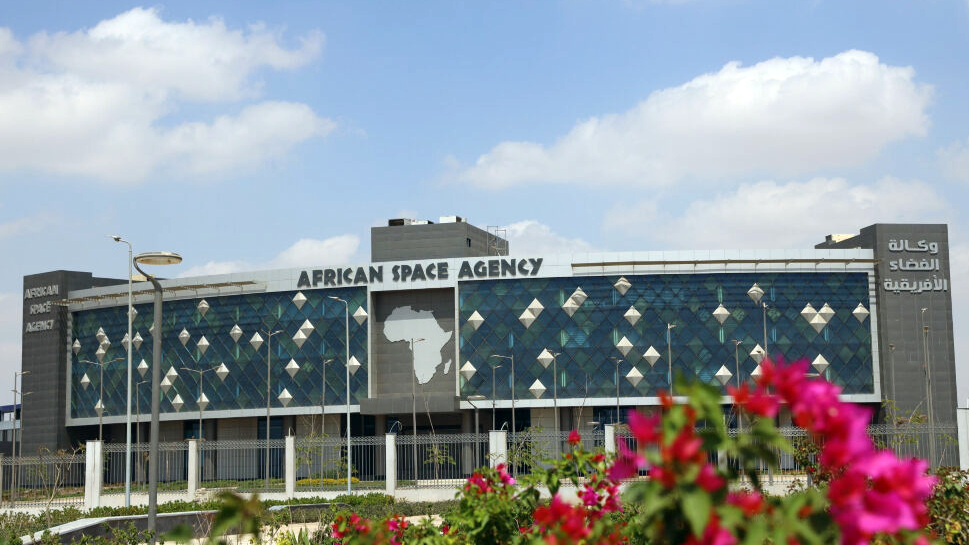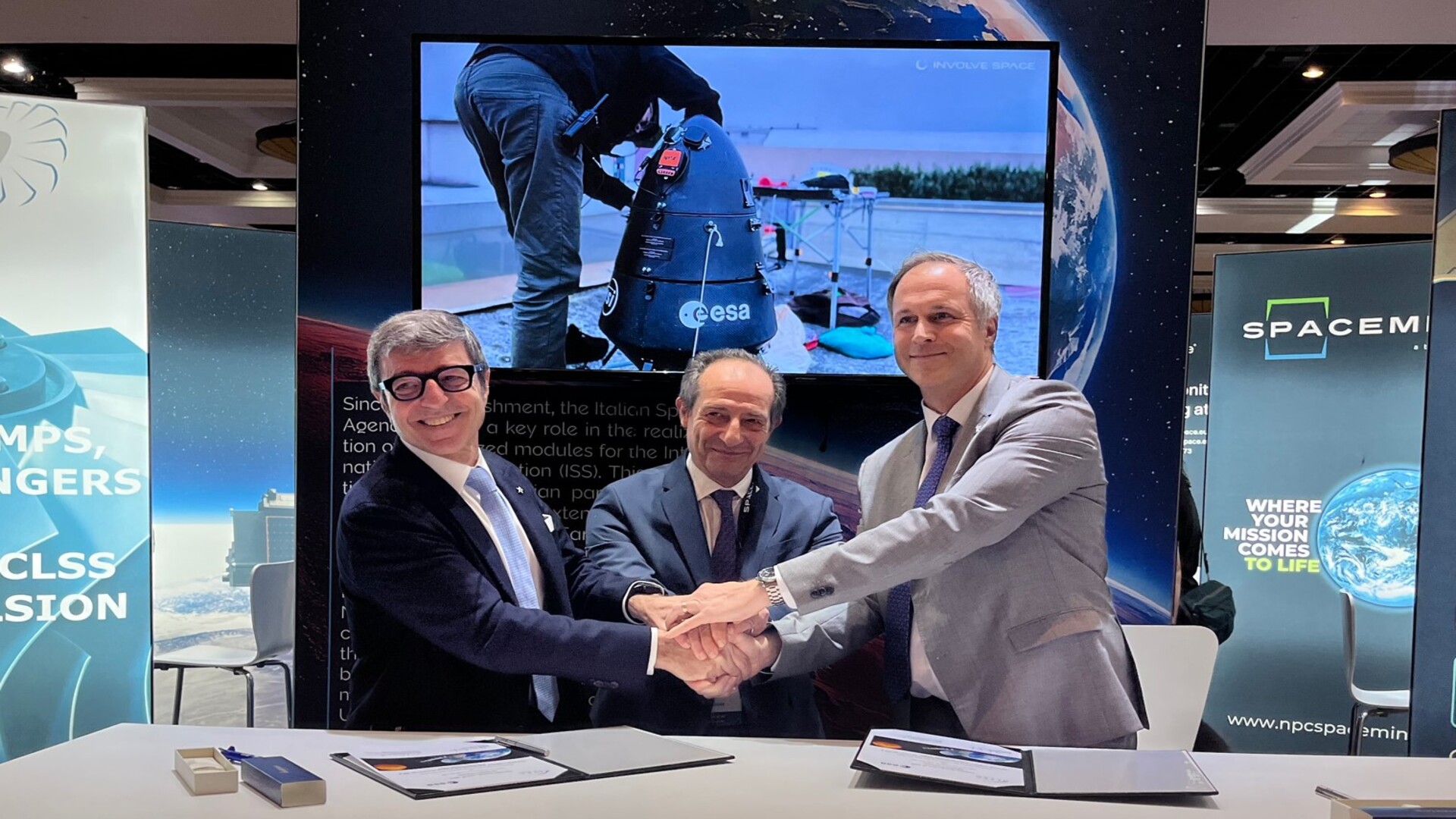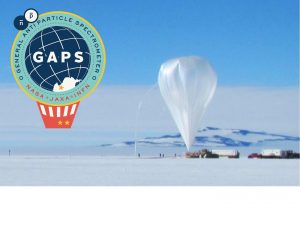
The General AntiParticle Spectrometer (GAPS) is an experiment aimed at studying the extremely rare antimatter component in cosmic rays and specialized in detecting low-energy antinuclei (antiprotons, antideuteron and antihelium), lower than 0.25 GeV/n (“giga-electronvolt per nucleon”).
The GAPS will use an innovative technique to measure antinuclei in cosmic rays, identifying the decays of exotic atoms resulting from the capture of antinuclei by the atoms of the material of the instrument’s detectors. The antinuclei slow down as they cross the apparatus, until they annihilate. Before annihilating at rest, the antinucleus is captured by the material and produces an excited exotic atom. As the atom de-excites, it emits X-rays of well-defined energies in the antinuclei transition between the excited levels of the atom. The measurement of the energy of such X-rays, along with the measurement of time of flight and energy losses due to antinucleus ionization and the measurement of the multiplicity of secondary particles (pions, protons, etc.) emitted when the antinucleus annihilates, allows a highly precise detection of antinuclei.
The antideuteron and the antihelium are extremely rare components of the cosmic rays, which as of today were never detected by detectors in space. The observation of a single particle of antideuteron and antihelium may provide unprecedented information to understand the Universe, by disclosing unique details on the nature of dark matter and the propagation models of cosmic rays.
The GAPS experiment will be carried out from Antarctic with a long-duration flight (30 days) on a stratospheric balloon. The launch window is scheduled to open between December 2021 and February 2022, from the American McMurdo station. With just one flight, the expected scientific goals will be reached as regards the physics of antiprotons. Three long-duration flights will suffice to measure enough cosmic rays and reach the expected scientific goals as regards the measurement of antideuteron and antihelium.
The GAPS mission is sponsored by the NASA, with the participation of researchers from American, Japanese and Italian universities and institutions. The Italian Space Agency has been participating in the GAPS mission since 2018, by supporting researchers from the INFN (National Institute for Nuclear Physics) and the Universities of Florence, Pavia, Bergamo, Naples, Turin, Rome Tor Vergata and Trieste. The Italian contribution is focused on developing several electronic components of the instrument and the simulations and methodologies for data analysis, as well as on the analysis and interpretation of data that will be collected by the instrument during the flights on the stratospheric balloon.

